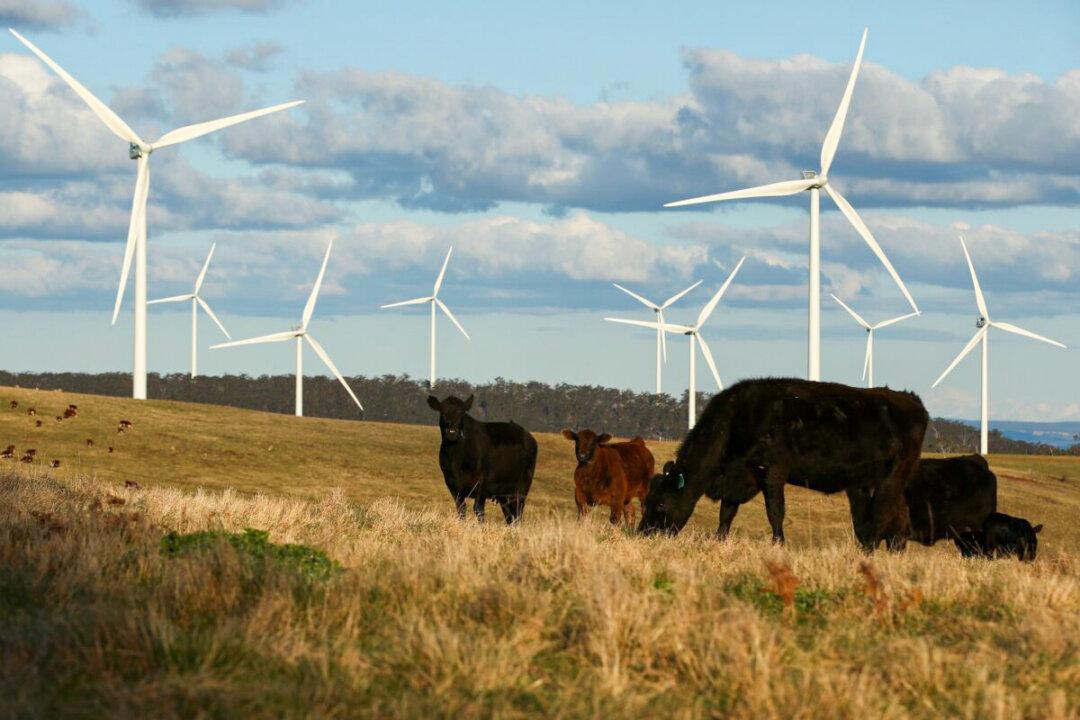Commentary
On June 30, the Australian Energy Market Operator (AEMO) released its latest integrated system plan for the East Coast Energy Market.


On June 30, the Australian Energy Market Operator (AEMO) released its latest integrated system plan for the East Coast Energy Market.